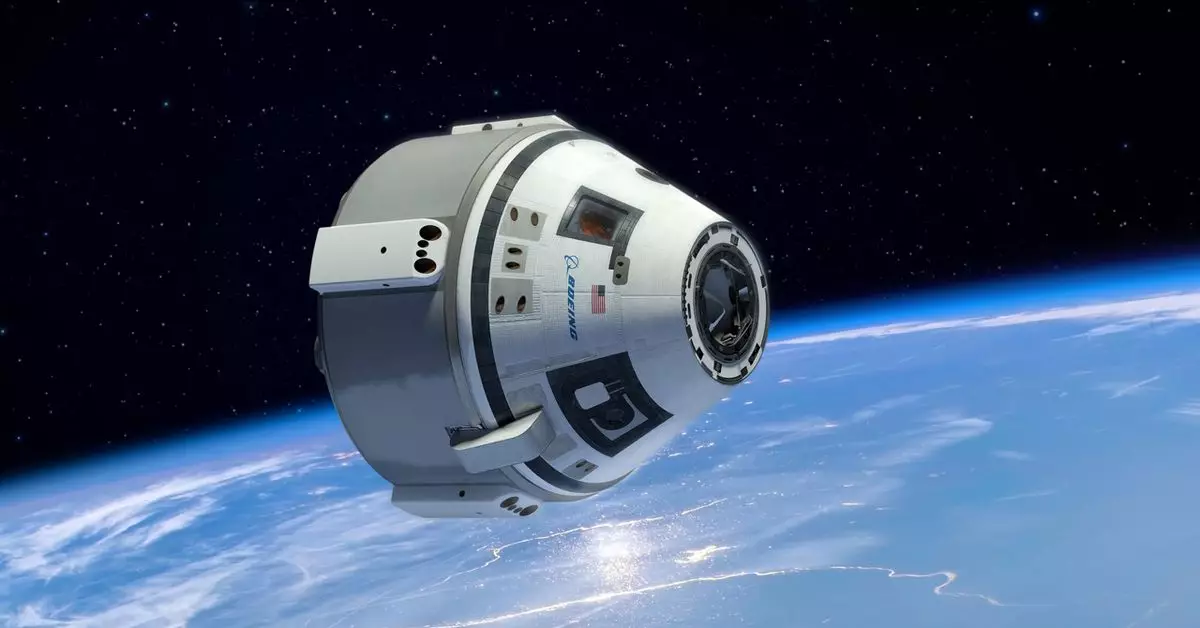NASA representatives recently disclosed a contingency plan to bring astronauts Barry Wilmore and Sunita Williams back from the International Space Station (ISS) earlier than anticipated. The original plan was for the astronauts to return via the Boeing Starliner spacecraft, but due to unforeseen issues, a backup plan relying on SpaceX’s Crew-9 mission is now in place.
The Boeing Starliner’s crewed launch on June 5th hit a roadblock when the spacecraft experienced thruster failures and helium leaks while docking with the ISS. This, coupled with significant delays dating back to the originally scheduled crewed test flight seven years ago, has left the astronauts stranded in orbit for over two months. The delays have raised concerns about the safety and reliability of the Starliner.
Boeing’s Starliner program has been marred by delays, cost overruns, and technical failures. From the recent spacecraft malfunctions to previous incidents like a door plug exploding during a flight and facing criminal fraud charges, Boeing has had a turbulent year. NASA’s tests at the White Sands Test Facility pointed to deformed Teflon seals as a potential cause of the Starliner’s thruster failures, further adding to Boeing’s list of setbacks.
As NASA continues to assess the situation, the agency is expected to make a final decision on whether Wilmore and Williams will return using Boeing’s spacecraft by mid-August. Despite the setbacks, NASA still considers Starliner as the preferred solution. However, if SpaceX’s Crew-9 mission ends up being the contingency plan, it would involve sending two astronauts to the ISS in September, with two spots reserved for Wilmore and Williams to return in February next year. Boeing plans to reconfigure the Starliner craft for an uncrewed return ahead of the SpaceX launch.
Boeing’s Starliner setbacks have highlighted the challenges and uncertainties of space travel. The delays, technical failures, and safety concerns surrounding the spacecraft raise questions about the reliability of commercial spaceflight. As NASA navigates through these challenges, the decisions made in the coming weeks will not only impact the return of astronauts from the ISS but also shape the future of space exploration.


Leave a Reply